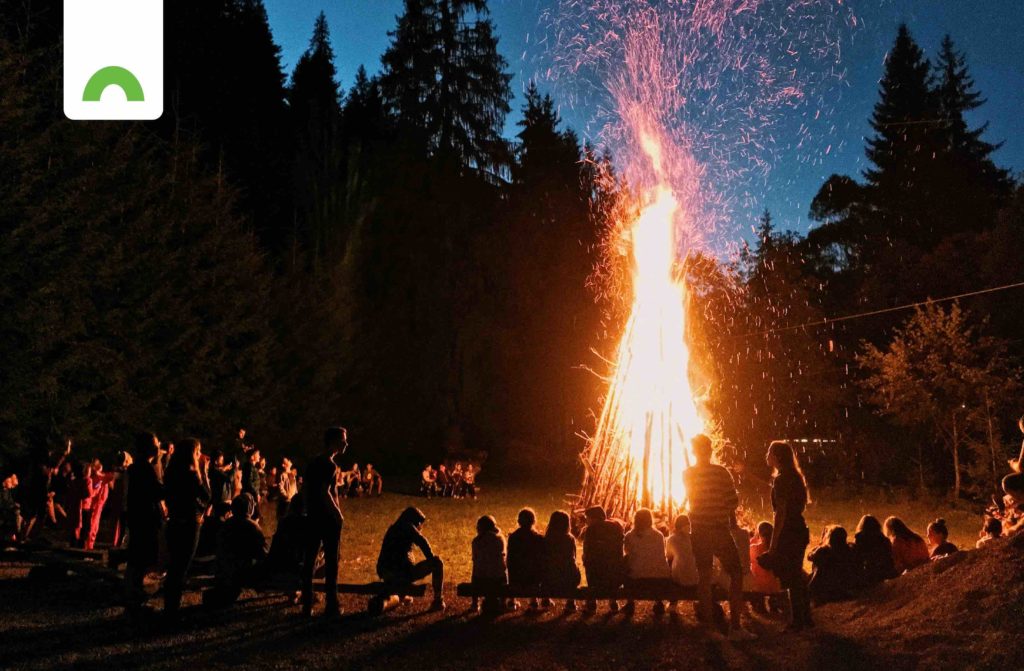Nobody wants to be viewed and treated like everyone else and no one in particular, especially not when it comes to travel.
This is the Year of the Experience when every aspect of the travel buyer journey forms part of your customer’s experience. The way you demonstrate your care for the client is increasingly significant, to the relationship and your bottom line.
Love thy client, not thy product
According to ASATA President, Vanya Lessing, the conversation for travel professionals must revolve around why people travel in order to understand travellers’ pain points.
They expect their travel agent to know their personal travel preferences and to use their knowledge of travel products and relationships with travel suppliers to cater for their personal preferences.
Amadeus
Travel is a buyer’s market. Your target customers are plugged in online, so you must be connected too. You need to ‘listen’ to their conversations on social media and elicit feedback from existing clients, so that you can tweak your products to reflect interests and trends.
Your website should support your efforts with big data, to strategise with the kind of content that strikes an emotional and motivational note with your audience. Remember the traveller’s purchasing experience: it should start with a visually engaging presentation on your website and other digital sites, from which you can measure interactions and make adjustments according to your findings.
Who is your audience?
- The laid-back resort lover needs all mod-cons available within reach. Their primary interests are relaxation, comfort and luxury. They prize good service, all-inclusive facilities and amenities, good dining options in close proximity, and definitely no hassles.
- Off-the-beaten-track nature lovers need an immersion in the great outdoors, away from city crowds and noise. Interacting with nature, no matter where, is a spiritual experience for them. They value the environment and may like to get involved in local conservation projects. A hike here, a horse-ride there and they’re happy campers.
- The culture lover has a healthy curiosity about the way other people live. They want to observe, participate and learn about the customs, culture, and history of their destination. Bring them to historic sites, to mingle with the locals and attend cultural events or festivals. Their souvenirs take pride of place back home and they’re keen to share what they learned with friends and relatives.
- The thrill-seeking party lover wants to be where the action is, nowhere too quiet or laid-back. As adventurists, they’re keen to go sightseeing and do excursions with other travellers. Open to new experiences and making new friends along the way, they define fun; fun defines them.
Another global trend for 2016 appears to be group/family travel, particularly multi-generational travel. These groups must be catered to according to individual interests and still be afforded time for bonding experiences from which to create memories together. One size does not fit all in their case.
Why do they travel?
People no longer experience travel as an isolated event, a snatched moment in time without relevance to the bigger picture of life. It starts, instead, as an escape from routine. But they will take home more than just pictures, sunburn and an empty wallet. They may incorporate something from their travel experience into regular life with long-term effects.
Over a third (38%) globally and 32% of APAC travellers introduce new foods into their diets. Travellers with no children are more likely to introduce foods they have tried while travelling into their daily diet.
WiT
The same study found that families are most likely to prioritise sharing their experiences and spending time with friends and relatives on returning home. So, the role of travel professionals takes on more impactful meaning. The enhancing perspective is a prominent travel motivation – it’s about growth, learning, liberation, harmony and luxury.
That exotic destination you sell: does it include visits with locals? Bringing them into direct contact with locals, creates opportunities for them to learn about the destination through personal stories and unique insights not normally found in guidebooks, and enhances their perspective.
It’s all about the traveller
Once you’ve figured out what kind of traveller your client is, where they come from and what motivates them to travel, you can go about your business of giving them what they need.
In this buyer’s market, it’s not about your product, it’s about your client. Just as it’s true that not everyone can travel together – even your best friend can be your worst travel buddy – by the same token, your brand needs to be compatible with your client. In practical terms, it boils down to matching the right travel products with the right traveller.
Traditional travellers lean towards relaxing holidays, value luxury and brand reputations, prefer African or Australian destinations, and high-end accommodation. They’re less concerned with new or learning experiences, which interest millennials more. The latter lean towards exciting holidays, value traveller reviews, prefer Latin American or Asian destinations and good value accommodation.
What comes next is your expertise: to tailor an itinerary with destinations, accommodation, activities, day tours and restaurants according to the client’s needs.
Put your client on a pedestal
Time changes people. What suited your loyal customer ten years ago might no longer be relevant. They might have gone from travelling solo to requiring child- or teen-friendly trips.

How will you know what to offer if you don’t ask about their preferences? Or engage them on social media?
You can and must.
Priorities and travel preferences change – the experience you offer must be compatible with those changes.
Fortunately, most travellers are more than willing to entrust this vital information to you in exchange for tailored experiences.
To love thy client is to know thy client… or is it the other way round?


Would you like to share your thoughts?
Your email address will not be published. Required fields are marked *